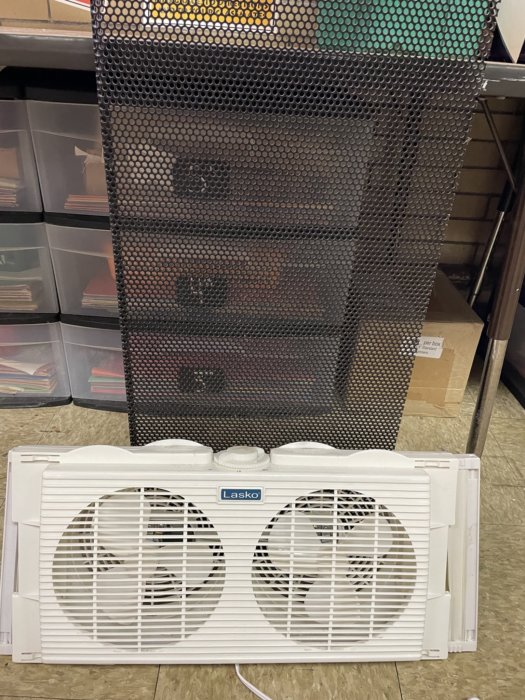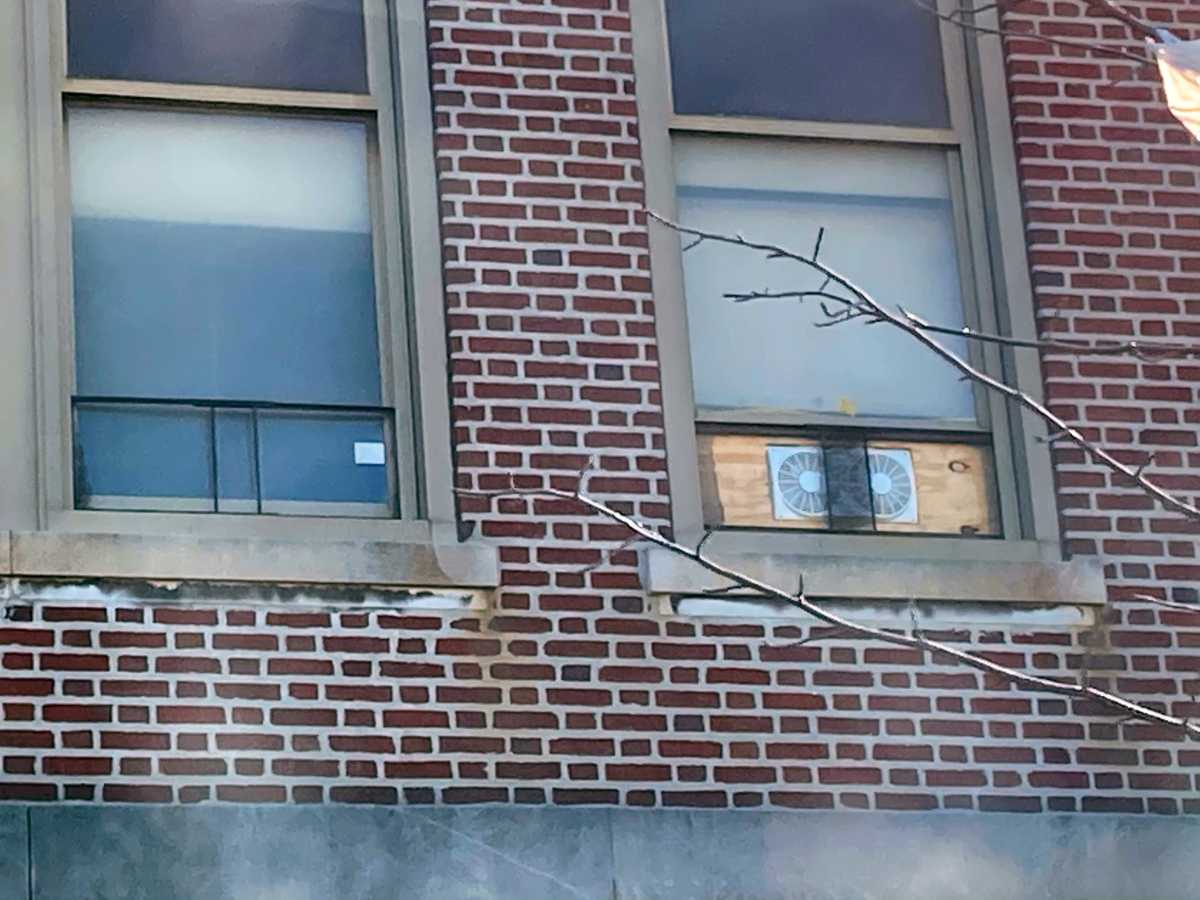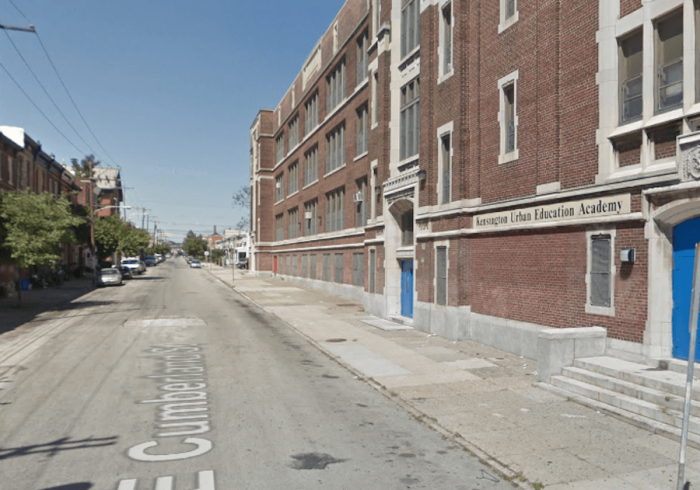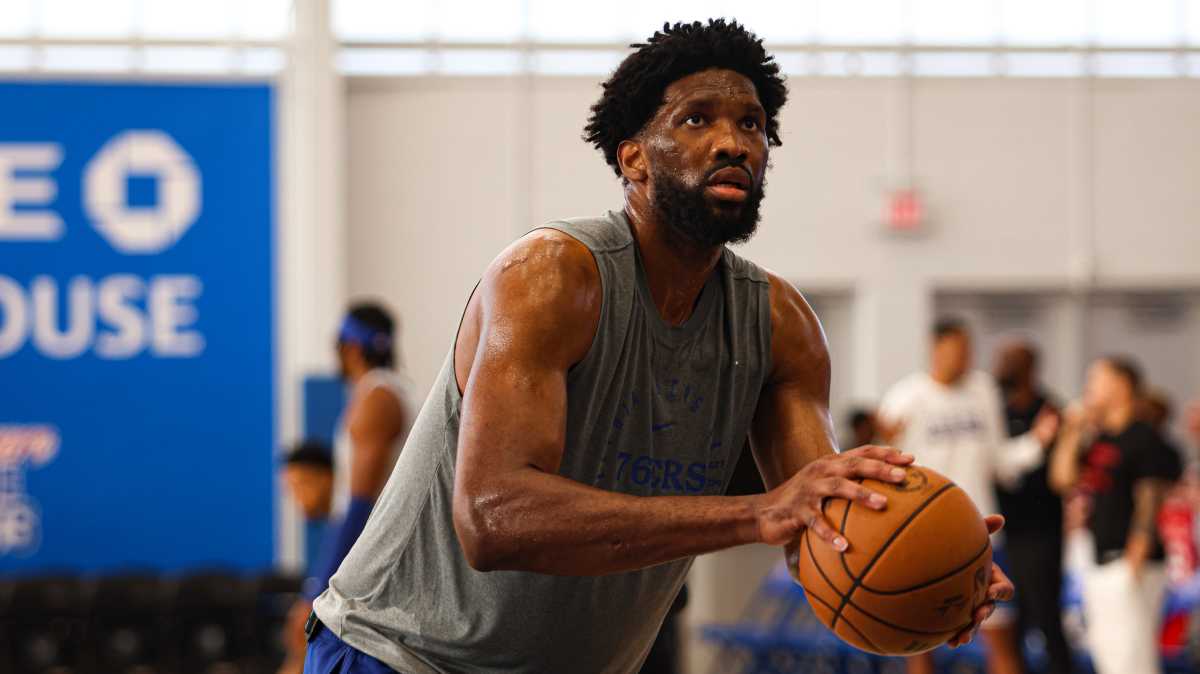“I thought that it would be funny if it was a joke, except it’s not a joke and people’s lives are at stake.”
That was the reaction of Rachel Boschen when she saw photos circulating online of the window fans the School District of Philadelphia is installing to boost ventilation in classrooms.
Last year, Alexander K. McClure School in Hunting Park, where Boschen teaches third grade, was shut down on two separate occasions due to asbestos. She doesn’t trust the district to get its coronavirus reopening right.
“In my opinion, the school district has a terrible track record of both keeping people safe and being transparent and honest about the information,” Boschen told Metro.
Parents and teachers have expressed skepticism about the fans, which are set to be installed in 1,100 classrooms around the city before pre-K to second grade students return for in-person classes Feb. 22.
School leaders and city officials have cast the fans — which are attached to plywood and covered with a grate — as a low-cost solution for the district’s aging school buildings.
Ventilation tests show that 18 people can safely be in a typical classroom without social distancing if the fans are in place, according to the district.
Reggie McNeil, the district’s chief operating officer, said the fans are necessary because many schools have “extremely antiquated” mechanical ventilation systems.
“We have to work with what we have,” McNeil said during a virtual news conference Tuesday.
In some cases, crews have been able to resurrect those HVAC systems, eliminating the need for the fans, he said.
Fans have been installed in about a third of the classrooms needing them, and McNeil said the goal is to finish that work by Monday, when about 9,000 district employees will return to school buildings to prepare for reopening.
The district has ordered 3,000 fans and will be ready to replace broken units if necessary, according to McNeil.
He said temperature monitors have been placed in some classrooms with fans, and so far, temperatures have not dipped below 68 degrees, the baseline used by the district to determine if a room is comfortable.
If it were to get too cold, or a fan needed to be repaired or replaced, students would be moved to another room with proper ventilation, McNeil said.
“There are a lot of problems with using fans like this, in this kind of way, as a solution for a ventilation issue,” said Jerry Roseman, the Philadelphia Federation of Teachers’ environmental expert.

The union has raised concerns about ventilation since the district first proposed an in-person return months ago, and, more recently, it has advocated for educators to get vaccinated before heading into the classroom.
Roseman said the directional airflow caused by the fans could blow respiratory droplets from one student to another, possibly helping COVID-19 spread.
Fans could also blow in dirt and other particles from the outside, and they will likely have to be turned off when it rains or snows, he added.
The units, Roseman said, could also bother students with noise and strong gusts of winds.
If fans have to be used, the district should equip classrooms with more and set them at lower speeds, he suggested. Or, in some cases, Roseman said, maybe some rooms should be unoccupied until the situation improves with the pandemic.
PFT officials have said that at least one of the fans being used by the district is only approved for residential use.
McNeil said the fans will be placed in the window farthest away from desks, and, in some classrooms, the devices will be pointed upward.
It’s all about bringing in fresh outside air to dilute the particles floating around the room, he added.
Philadelphia Health Commissioner Thomas Farley and Mayor Jim Kenney on Tuesday both spoke positively about the fan plan.
“We have an inexpensive solution,” Farley said. “Let’s use it.”
“It seems like a simple way to address the problem, but if it’s effective and keeps the room temperature stable, and it keeps the air flow going, it’s a good thing,” Kenney added.
During a Board of Education meeting last week, Superintendent William Hite said each fan would be equipped with a real-time gauge to measure air quality.
Officials later said that was not true, with Hite calling it an “honest mistake” in an email to staff Monday.
McNeil said ventilation experts will check each classroom after the fans are installed to recalculate its capacity. PFT leaders have pushed for the retesting, arguing that not doing so would violate an agreement it has with the district over reopening.
District leaders stressed that the fans are just one layer of protection on top of core virus prevention measures, such as mask wearing, distancing and hand washing.




























